The Wine
Guidalberto, the sibling of the legendary Sassicaia, is crafted by Tenuta San Guido using Cabernet Sauvignon and Merlot. Aged for 15 months in oak, this wine is more approachable in its youth than Sassicaia, yet it will age beautifully for 5-10+ years.
It offers aromas of cherry, blueberry, and blackcurrant, with subtle notes of lavender, pepper, and liquorice. Full-bodied and exceptionally well-balanced, it’s an outstanding wine for its price!
The Label
The label depicts the Oratory of San Guido and the wine is named after the family ancestor Guidalberto della Gherardesca, an agricultural pioneer in the Bolgheri area. It was in the first decades of the 1800’s when he built the first factories, and churches. He also planned the avenue of cypress trees, the Viale dei Cipressi. These trees were initially used to mark the boundaries between the different crops. Its ornamental value, with the tall cypresses running in double rows, came after that.
Soil Type
The vineyards sit on varied, complex terrain with limestone, marl, pebbles, and clay. The altitude ranges between 100 and 300 meters above sea level, with south/south-west exposure.
Weather Trends
After a mild autumn with above-normal temperatures and sporadic rainfall, winter became harsh. Freezing winds from Siberia (Buran) caused temperatures to drop well below zero. Bolgheri plains even saw snow twice, with temperatures staying between -2 and -5°C for weeks. This prolonged cold extended the vegetative period, eliminated pests, and replenished underground water reserves.
In early March, temperatures rose slightly with rainfall, but another cold wave delayed vine budding. Spring arrived by mid-April with clear skies and rising temperatures. After 15-20 days of excessive heat, conditions normalized in early May.
Vegetation flourished, with abundant soil water and favorable temperatures. May and June saw sporadic rain and sunny days, requiring more vineyard work but ensuring excellent blossoming and fruit set.
From early July, a torrid heatwave hit, bringing dry weather and poor ventilation until an Atlantic storm arrived in August. This cooled the region and brought sporadic rain, reviving the vines and alleviating water stress.
After August 20, temperatures rose again but stayed below average, delaying grape ripening.
Harvest
Harvesting of Merlot grapes started about 10 days later than in previous years. Cabernet Sauvignon harvesting began in mid-September and ended in early October. The weather strongly impacted the vintage, resulting in healthy grapes with excellent aromas but lower sugar content compared to recent years.
Healthy, crisp, well-pitted grapes reached the cellar, producing balanced musts with low alcohol content and smooth, velvety tannins. The hand-harvesting process began with Merlot in early September and continued with Cabernet Sauvignon, concluding in the first week of October.
Fermentation
Workers sorted and selected grapes and berries by hand using a sorting table. They pressed and destemmed the bunches gently to avoid breaking the grapes and releasing too many tannins. Alcoholic fermentation took place in stainless steel vats at a controlled temperature of 26-28°C without added yeasts.
Maceration lasted 10-13 days for Merlot and 13-16 days for Cabernet Sauvignon, with frequent pumping over and offloading. Malolactic fermentation, starting in early November, also took place in steel vats before the musts were transferred to barriques for aging.
Aging
After completing malolactic fermentation, the wine was aged in French oak barriques, with a small portion in American oak. The aging process lasted between 20 and 25 months, depending on the vintage’s seasonal trends.
For more information on the Tenuta San Guido wines click here or visit their website here.
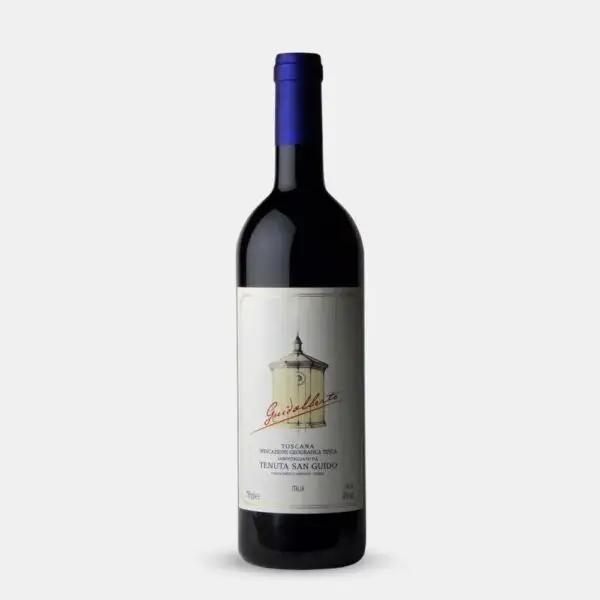
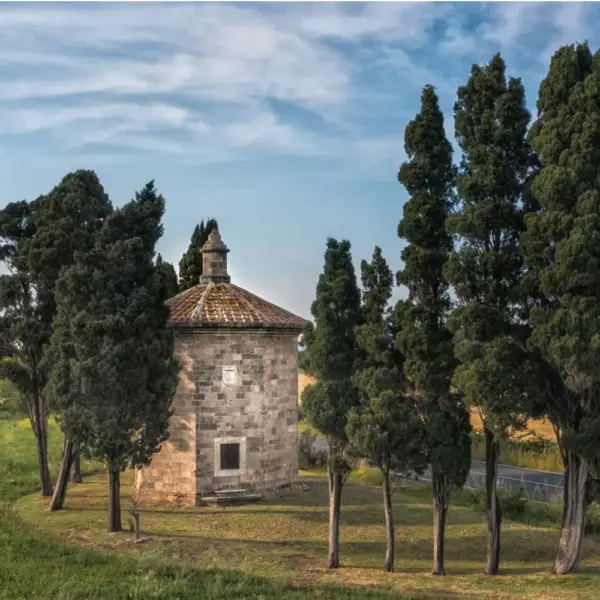
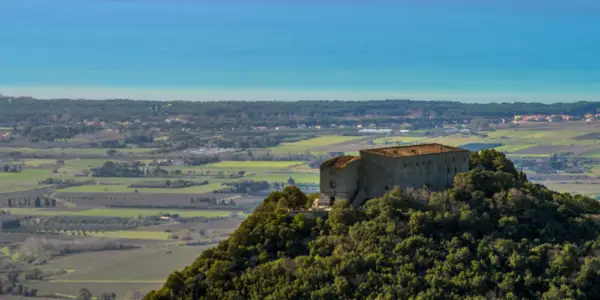

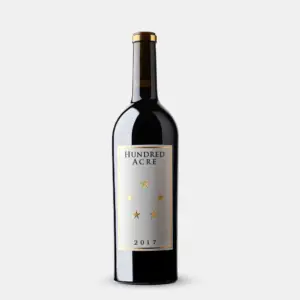
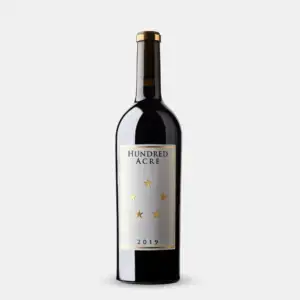
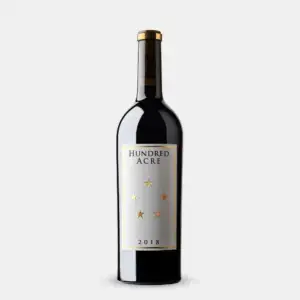
Reviews
There are no reviews yet.